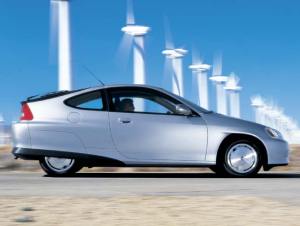
It is hoped that this boost to car manufacturers may kick start the economy. Ford Motor Company's recent positive earnings announcement and GMs and Chrysler's arrest of declining quarterly sales are one of the "green shoots" of recovery pointed to by politicians and economists. However a huge question remains concerning how to incubate long term sustainable drivers that will end the recession? The $600 tax rebate checks sent out by Paulson last year provided a temporary boost to the economy. Its effects did little more the forestalling the more deleterious effects of the growing recession. See The Charge of the Light Brigade. Hopefully cash for clunkers will help to kick start some recovery momentum to an economy aching for relief from systemic malaise.
The US economy has grown overly dependent on a few industry sectors that include services, real estate, banking and construction. The SME service sectors have been devastated by the contraction of credit, unemployment and the curtailment of consumer demand brought on by the recession. During the good times, these sectors were driving economic growth and expansion. Unfortunately these sectors remain conspicuously absent as leading drivers in the new emerging economy. Macroeconomic factors unpinning recovery continue to be negative for these sectors. Hi tech and manufacturing seen as critical to a lasting recovery have also been a bit lethargic. These industries are capital intensive and with the capital markets still seeking a firm recovery footing these sectors will remain weak. Health care and pharmaceuticals are key sectors in the US economy, but political uncertainty around reforming industry practices and much needed restructuring hampers the sectors ability to assume a leading position in recovery scenarios.Last year Sum2 published The Hamilton Plan, a Ten Point Program to incubate small midsized enterprise (SME) manufacturers. At its core, the plan seeks to encourage capital formation initiatives from public and private sources. Manufacturing is key to any sustainable economic recovery. Our ability and desire to link manufacturing to the entrepreneurial capabilities and business skills of SME's to address targeted needs could well be the drivers that finally steer us out of the recession.
Risk: recession, SME, manufacturing
No comments:
Post a Comment